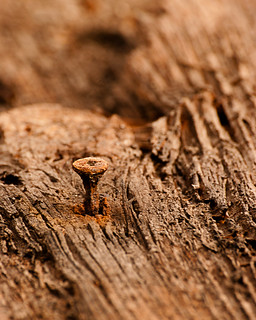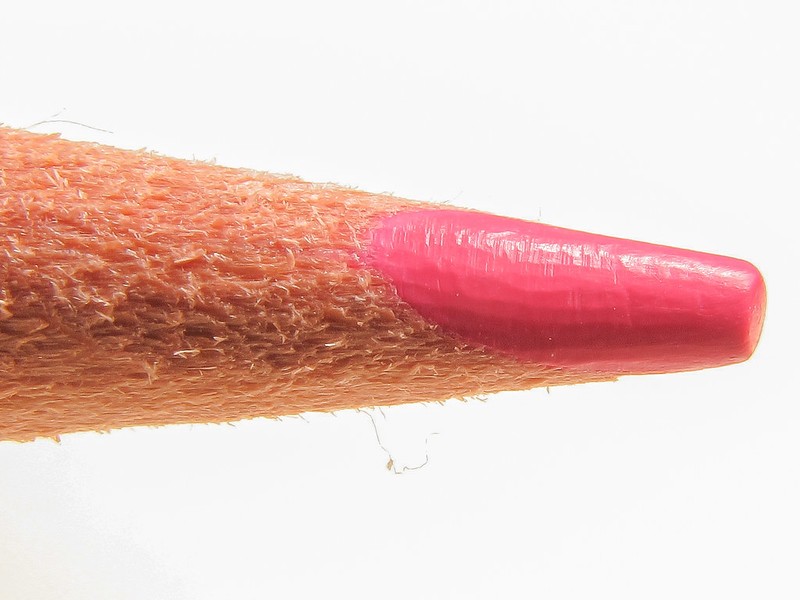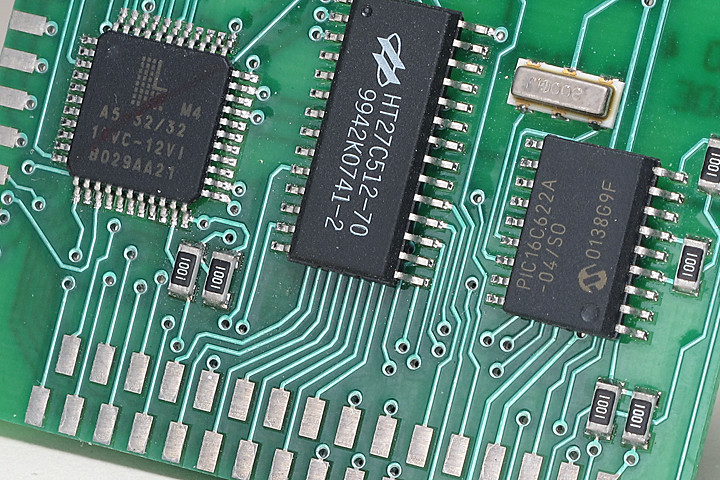As usual a highly informative post, but Canon are
not the only ones who make high quality achromatic dioptres. The Raynox models are I believe 3 element achromats, and historically there have been many other suppliers of Achromatic close up filters, Nikon, Olympus, Pentax, Sigma, Heliopan, Konika, Sony, Sigma, Schneider, Kenco, Leica & Cosina have all made them. Read more at
Cheap extreme macro magnification with achromat close up lenses. A quick google shows SLR magic currently make achromatic close up lenses too (
https://www.amazon.com/SLR-Magic-Achromatic-Diopter-0-33/dp/B00JH8KQ0A - Somewhat expensive but possible useful where you need good working distance the 0.3 dioptre model being just what I'd need to reduce the 2.2m minimum focusing distance of my 150-500mm giving 3.3 to 1.3m focusing range instead)

 IMG_7582a1
IMG_7582a1












